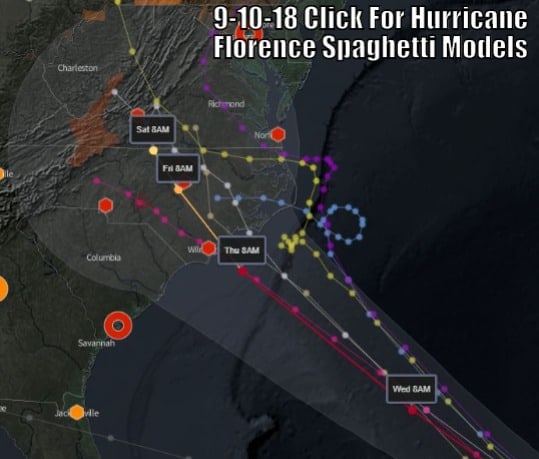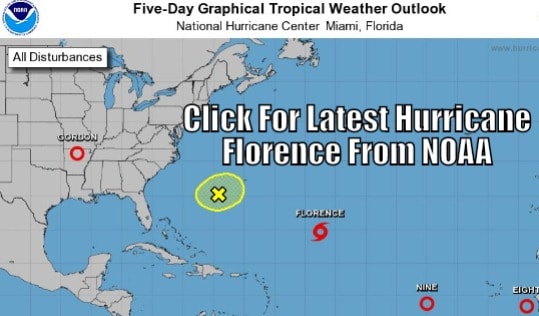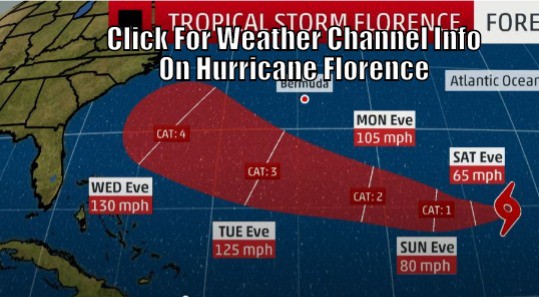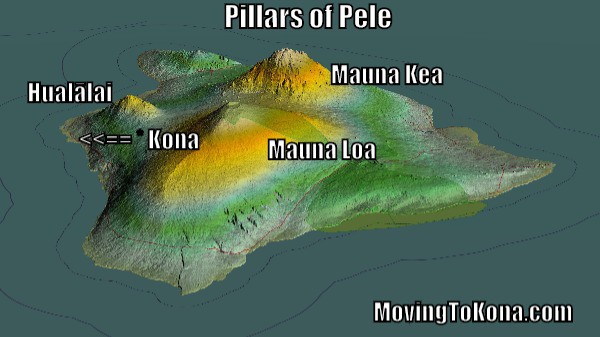09/10/2018 Hurricane Florence Update: Hurricane Florence has altered its’ path towards the east coast. The Weather Channel reports – Hurricane Florence has rapidly intensified into a Category 4 major hurricane south-southeast of Bermuda and is likely to lash the U.S. East Coast later this week with life-threatening storm surge, destructive winds and massive inland rainfall flooding in one of the strongest strikes on record for this part of the East Coast.
If you’re in the East Coast threat zone, now is the time to develop or firm up your hurricane preparedness plan and be ready to implement it if necessary. Residents in coastal areas should follow evacuation orders from local officials because of the potential for life-threatening storm-surge flooding.
09/10/2018 Hurricane Florence (Long Term) Spaghetti Models: All the Hurricane Florence spaghetti models currently show a wide area of possible landfills; mostly towards North Carolina. In short, it is too soon to call an exact location, but not too soon to be prepared for a hurricane.
09/10/2018 The Weather Channel has the most likely path. Click here for the latest Hurricane Florence project path.
NOAA Atlantic 5-Day Graphical Tropical Weather Outlook: Click the image below and you will connect to the latest National Oceanic and Atmospheric Administration hurricane forecast.
Amazon Products
Below is the 09/07/2018 Hurricane Florence forecast from Weather.com
![]() Mahalo for ‘Liking’
Mahalo for ‘Liking’
Moving To Kona Facebook
Hurricane Information From Hawaii
- Just how often do hurricanes strike Hawaii? You may be surprised to learn that the answer is not very often at all.
- Kona And The Pillars Of Pele? Just why did Hilo and the eastern portion of the Big Island receive so much rain, while Kona had less than an inch and no winds?
- Hawaii Hurricane Preparedness Checklist – 20+ Immediate Tips: Including The Three Most Important Things You Must Do Before The Hurricane Arrives And Four Things You Should Buy For Your ʻOhana/Family – and bonus ‘Be Sure To Buy Your Vices!’ read more.
Three Pele-grown mountains protect Kona when weather originates from the east (and sometimes to the south): Mauna Kea at 13,803 feet, Mauna Loa at 13,679 feet and Hualalai at 8,271 feet.






